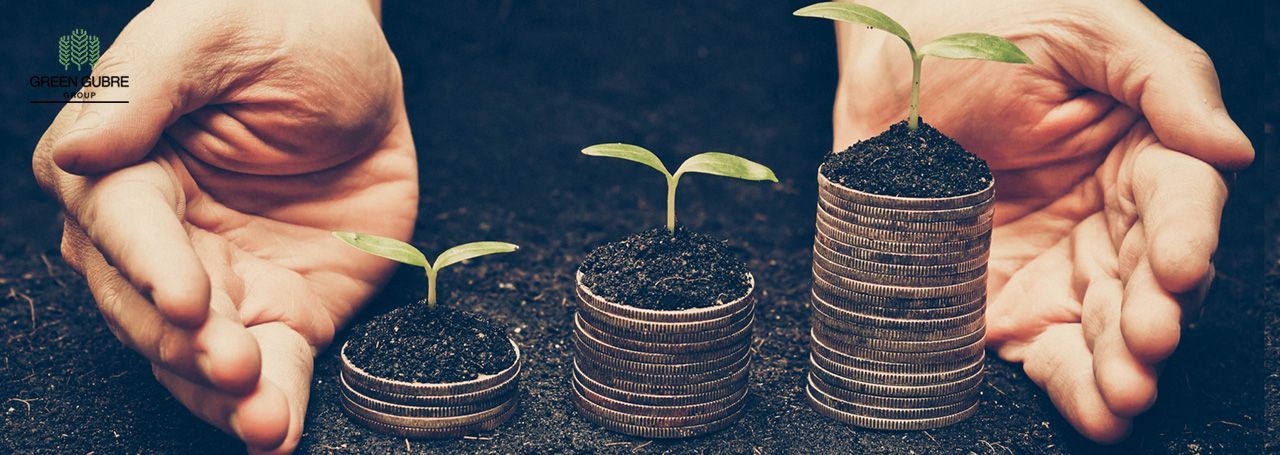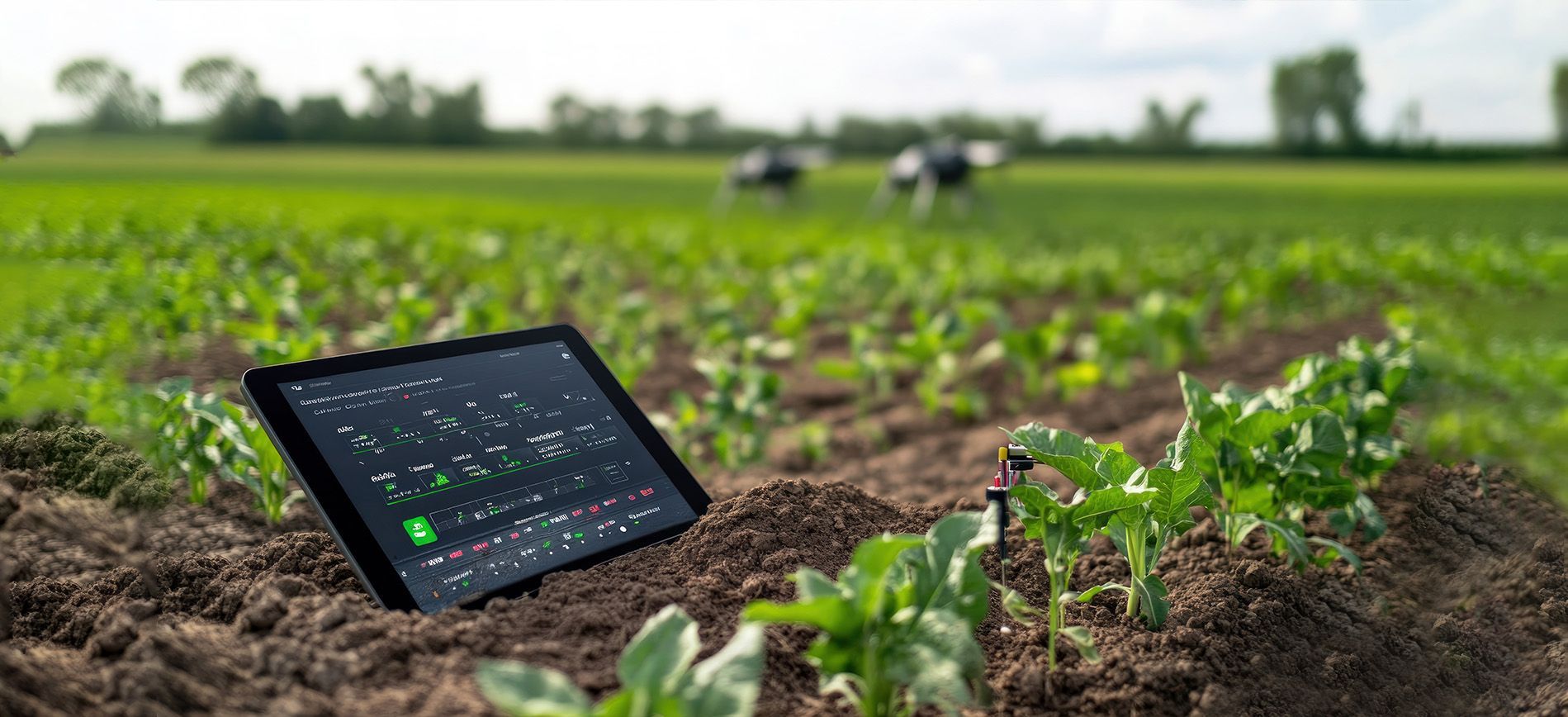Eco-Friendly Resins: The Future of Sustainable Manufacturing
Eco-Friendly Resins: The Future of Sustainable Manufacturing

As industries worldwide focus on reducing their environmental footprint, eco-friendly resins have become a vital component in sustainable manufacturing. Resins like Crystal Melamine, Elastomers, and other renewable alternatives are gaining popularity in industries such as packaging, construction, and adhesives. This blog explores the rise of eco-friendly resins, their applications, and how they contribute to a more sustainable manufacturing future.
1. What Are Eco-Friendly Resins
Eco-friendly resins are materials derived from renewable resources or developed with minimal environmental impact. These resins are designed to offer the same benefits as traditional resins—such as durability, flexibility, and adhesive properties—while being biodegradable, recyclable, or produced from renewable sources. Common eco-friendly resins include biopolymers, plant-based resins, and resins designed to minimize the use of harmful chemicals.
2. The Importance of Eco-Friendly Resins in Manufacturing
Traditional resins, often made from petrochemicals, contribute to pollution and environmental degradation. The manufacturing process for these resins can generate large amounts of carbon emissions, waste, and toxic by-products. Eco-friendly resins offer a greener alternative by using sustainable feedstocks, reducing energy consumption during production, and minimizing waste generation.
3. Applications of Eco-Friendly Resins
Eco-friendly resins are being adopted across various industries due to their versatility and environmental benefits:
- Packaging: Resins made from renewable resources are being used to create compostable or recyclable packaging materials, which help reduce plastic waste.
- Adhesives: Green resins are also used in adhesive formulations for eco-conscious brands, providing strong bonding properties without harmful chemicals.
- Construction: In construction, eco-friendly resins contribute to sustainable building materials, from insulation to composite materials, helping to reduce the carbon footprint of buildings.
- Automotive Industry: The automotive sector is increasingly adopting eco-friendly resins in lightweight components that reduce fuel consumption and emissions.
4. Crystal Melamine and Elastomers: Key Eco-Friendly Resins
- Crystal Melamine: This thermosetting resin is popular for its durability and resistance to heat and chemicals. Recent innovations have made melamine more eco-friendly by reducing harmful emissions during production and improving recyclability.
- Elastomers: Elastomers, widely used in the automotive and construction industries, are now being produced from more sustainable raw materials. These flexible, rubber-like resins are essential in reducing wear and tear on products while offering better environmental performance.
5. Benefits of Using Eco-Friendly Resins
- Reduced Carbon Footprint: By relying on renewable feedstocks and energy-efficient production methods, eco-friendly resins help reduce the overall carbon footprint of manufacturing processes.
- Minimized Environmental Impact: Eco-friendly resins reduce the reliance on non-renewable resources like petroleum, leading to fewer harmful emissions and less environmental degradation.
- Cost-Effectiveness in the Long Run: While eco-friendly resins may have a higher upfront cost, their ability to be recycled or biodegraded can lower costs over time, particularly in industries facing stringent environmental regulations.
Conclusion
Eco-friendly resins represent the future of sustainable manufacturing, offering high-performance solutions that align with environmental goals. Whether through compostable packaging, renewable adhesives, or durable building materials, eco-friendly resins provide a greener alternative to traditional petrochemical-based products. As industries continue to innovate, these resins will play an increasingly important role in reducing our environmental impact.




